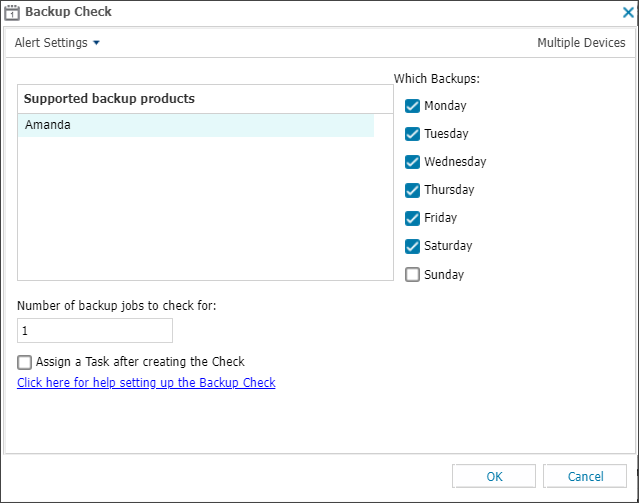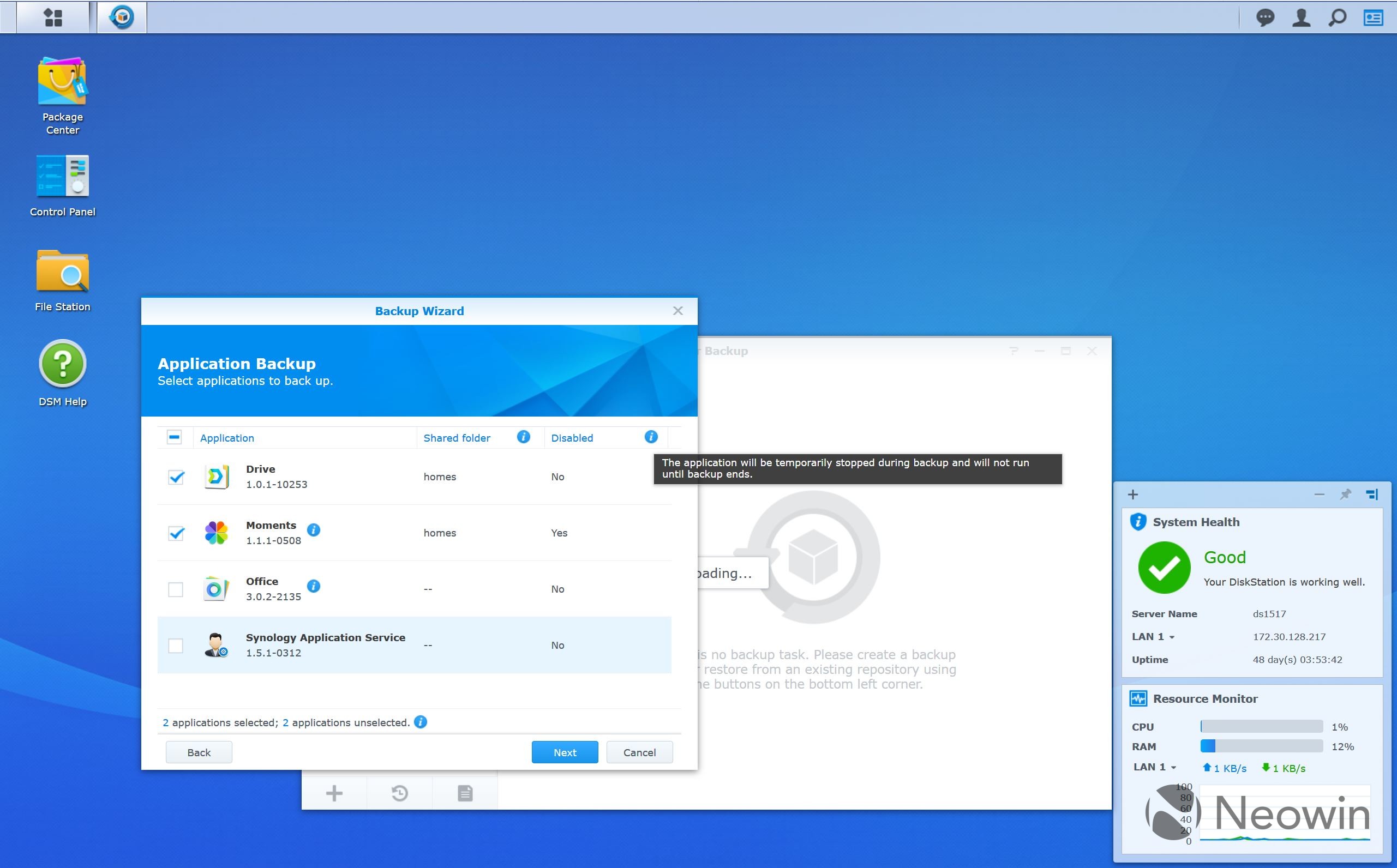BackupCheck
The Backup Check queries the device on the selected days to determine the status of the backup, ensuring that in the event of any problems on the clients server there is a backup to restore from. The Check looks back over the previous 24 hours and failures where. Open Toast Wallet 2.2.0 or newer on your offline device and use the send tab to create a payment then follow the steps below to submit the payment.
SQL Server Can Be Scary – We Can Help

Providers want to give the best care possible to their patients. When they have to wait for forms to load, it breaks their concentration and interrupts patient interactions. These delays also increase the amount of time you spend with each patient and in some cases can reduce your ability to see other patients, which reduces the number of services you can provide, and reduces revenue.
As a member of the support team for your providers, you have many projects on your plate and while you are familiar with the different technologies, you don’t have the time to dig deep into the internals. You want to get as many projects done as possible and that requires a wide knowledge base.
Focus On Your Patients, Let Us Focus On Database Performance
Waiting on Reports
There are many in our industry that could benefit from using the services of SQL Data Partners. The work you preformed saved us over 100 man hours verses manually doing the work.
The database is screaming and my providers and staff are very pleased. I had to let you know that it is truly a lifesaver of a fix. You, again, are the man.
We offer a package that combines database assessment and optimization in one fixed-price solution. What’s more, is that we can do the work remotely to bring you up to speed more quickly.
The Process
The specific performance assessment work varies by the specific needs of your system and all reviews begin with a meeting to discuss specific concerns. The package involves the following steps:
Review all SQL Server Settings
The settings affect everything from how fast the database grows to what kind of backups get done and when. We’ll review them all before we make any changes.
Install a performance monitoring component
We use this to automate the collection of performance metrics and to make it easier for your team to understand with charts. This component will not hurt your system and has been used by thousands of database administrators to track performance.

Track performance for several hours to find the specific performance issues
It takes some time to get the big picture of what’s going on. Sometimes, SQL Server is affected by factors on a specific day or days of the week at a specific time. We like to have the SQL Server to be running for at least 7 days prior to the assessment; however, this is not mandatory.
Build an action plan for your unique SQL Server + Centricity System
While we see commonalities with Centricity and SQL Server systems, each setup is slightly different. We will build an action plan that identifies your system’s unique performance roadblocks. Then we’ll remove any performance barriers.
Adjust the SQL Server configuration
After the plan is created, we will review this with your team and explain the changes we want to make. Once they are approved, we will execute the change.
Send you a comprehensive Final Report
At the end of the project, we’ll summarize the changes made and review the impact of those changes. The final report will also include recommendations for next steps beyond the initial assessment and optimization.
Monitor the system for a few more days
Backup Checksum
Once the initial round of tuning is done, the system is monitored for a few more days to check the performance and determine the next steps. The “next steps” are where we’ll fine-tune things further if needed. Sometimes further work is needed and sometimes it isn’t. Either way, we’ll do a post-tuning check to ensure that what we did made the system more efficient.
Carlos L Chacon

Managing Partner
Carlos L. Chacon is a SQL Server Database Administrator with extensive experience in database recovery and performance enhancement. He co-hosts the SQL Data Partners Podcast; a podcast dedicated to helping you stay up-to-date on the latest and greatest in the world of SQL Server. Carlos is an active member of the Centricity Healthcare User Group (CHUG) and can eat his weight in raspberries (not yet proven).
Centricity Healthcare User Group (CHUG) and can eat his weight in raspberries (not yet proven). Jeff Coggins
Sales Manager
Cara Ziegel
Technical Lead
Grab the performance white paper!
Get our actionable and completely free guide to help your forms load faster so your providers can give more attention to their patients and less time complaining about the technology. This white paper focuses on the database.
Backup Checklist
Completely whacked.
Acronis reports last good backup was July 7, 2019 but cannot access the file. Looking at my backup folder the most recent file creation date is Wednesday, May 2, 2001. The file name is '...inc_b76_s7_v1.tib' which is the name Acronis trying to open. Where in the world did it come up with that date?
Now I get 'disk is full' because it actually is. My old backups have not been getting cleaned up.
I'm thinking the Acronis catalog got corrupted, which happened about a year ago, for the 2nd or 3rd time and that is far too often for my money.
I'd like to save the last few good backups and do whatever I need to do to clean up my catalog.
What do I do?
Fred, welcome to these public User Forums.
No idea why your backup files should have an incorrect date that is 18 years in the past?
What is your backup drive and how is it connected in this scenario?
Is this a network drive connected via a router, or a NAS drive etc?
The simplest method of cleaning up all your older backups, keeping just the most recent ones that you want to keep would be as follows:
- In the ATI 2018 GUI, highlight your backup task and click on the v to the right of the name to show the task menu options.
- Select the option to 'Clone settings' - this will create a duplicate of your task with the same name but prefixed by (1). shown in your list of tasks.
- Next, select the option to 'Delete' the original backup task but when the next pop-up panel is shown, just take the option to 'Remove settings', not to 'Delete everything'!
At this point, you can now delete all the unwanted backup files from your backup drive using Explorer without any issues, keeping just those files you want to keep.
Note: If you have Acronis Active Protection enabled, and your backup drive is connected locally, then you will need to disable AAP to be able to delete the files.
After doing the cleanup of files, you then have a choice of how to proceed.
- You can simply run the duplicate (cloned) task as is to create a new backup chain starting again at _full_b1_s1_v1.
- You can rename the duplicate (cloned) task and then use it, but if using the original task name, you should put the backup files in a different folder on the backup drive - this is to avoid a situation where the task finds files present from the previous task of the same name.
- You can use the option to 'Add existing backup' and select the most recent of your backup files from your backup drive, which will create a new task with the name of the file being selected (including the _inc_b76... part), but you would then need to reconfigure the settings for the new task by clicking on the [Reconfigure] button.
Personally, I would recommend option 1 above and starting afresh after checking that all your task settings are correct to meet your needs.
